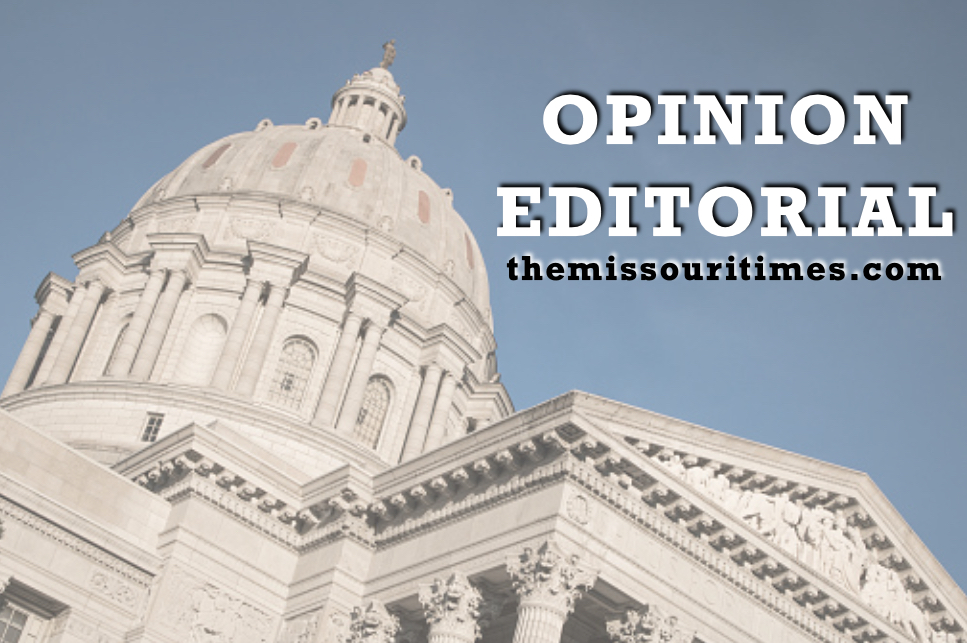As a proud Missourian and Cardinals fan, nothing thrills me like watching our neighbors to the east suffer.
Unfortunately, though, outside of the Cardinals’ inevitable complete domination sometime between spring training and late June, regular opportunities to celebrate Missouri’s superiority when compared with other states is often limited to the NL Central. That is, of course, unless you count our beer, our hockey, and now, our financial policy.
I’ll admit: financial policy isn’t often what comes to mind when people think about the rivalry between neighboring states and their sports teams, food customs, and other various peculiarities and preferences. And while I can spend all day extolling Imo’s and La Pizza over Chicago-style deep-dish “pizza” (a.k.a. “trash”), financial policy is proving to be the latest area where Illinois has exacted a self-inflicted wound that takes it down another peg or two below the Show-Me State.
Until March 2021, Missouri shared relatively similar consumer-lending laws with Illinois. These laws were pro-consumer, pro-free market, and promoted robust competition that ensured all residents could access credit—not just those with wealth or high credit scores. That all changed after Illinois enacted a 36% interest rate cap on consumer loans.
This was a market manipulation strike out that sent shockwaves through the state’s economy and has left everyday Illinoisans in the lurch.
A new study authored by prominent economists from Mississippi College, the Board of Governors of the Federal Reserve System, and Mississippi State University quantifies the pain this price control law has brought to the Prairie State. By comparing subprime Illinoisans’ financial welfare to that of their Missouri peers after Illinois implemented its 36% rate cap, this research—the first of its kind to make such a direct correlation—found that the rate cap’s impacts have been disastrous by every metric.
First, the availability of loans in Illinois has shrunk by nearly 50%, meaning half of credit seekers in the state now have little or no access to credit. This presents a real crisis to Illinois consumers once we consider that these loans are usually used during a financial shock such as a medical emergency, car repair, or other unexpected expense.
Moreover, 89% of those surveyed in Illinois said that their financial situation is worse following the interest rate cap. Finally, an unbelievable 79% of Illinois consumers wish that they could borrow as they could prior to March 2021. While the rate cap’s supporters continue to somehow portray these outcomes as a good thing, those who used the products their so-called representatives have since banned don’t seem to agree.
I’ve worked in politics long enough to see how the political aspirations of our most liberal legislators often create problems for working people, and financial regulation is no exception. Progressives in state houses from Delaware to California are looking at “rate cap” laws as easy political wins to appease their liberal bases, because the truth is liberal suburban elites generally don’t use emergency loans. “How could anyone use these products,” they seem to ask with an implicit sense of condescension, so plainly laying their privilege on the table for all to see while betraying those who they profess to care about.
Meanwhile, special interests and regulators in Washington, D.C. have begun conspiring with state Attorneys General to pressure these businesses to close their doors by making it too expensive to operate. When that happens, Illinois is an example—and a warning—of how consumers will suffer.
Unlike the Cardinals’ inevitable blowout of the hapless and pathetic Cubs, eliminating important financial choices from contention for Missouri consumers is no laughing matter or cause for celebration. As it sits, Missouri’s pro-consumer financial policy sets us apart from—and above—our neighbor to the east. It would be a damn shame if we traded that away.

Gregg Keller is the President of the Missouri Century Foundation (@MissouriCentury).


